When Yellowstone was declared the world’s first national park on 1 March 1872, one signature from President Ulysses S. Grant protected two million acres of mountain wilderness, geysers and dramatic, sweeping landscapes. It would not, however, protect the wolves of Yellowstone.
It might seem hard to understand now how such a landmark piece of conservation legislation could fail to protect the fragile ecosystem of the park. Indeed, the Yellowstone National Park Act of 1872 actually stated that the Secretary of the Interior “shall provide against the wanton destruction of the fish and game found within said Park”. So you would presume that the flourishing wildlife of Yellowstone would have finally been in safe hands. But this was a time before biologists fully understood the interconnectivity of the great outdoors.
The missing link in the ecosystem of Yellowstone was clear, and so it was that 69 years after the last known wolf pack had been deliberately exterminated from the area, wolves were reintroduced to Yellowstone on 12 January 1995.
Perhaps, not enough heed was paid to the words of the Scottish-American conservationist John Muir, the “Father of the National Parks”, when he wrote that “when we try to pick out anything by itself, we find it hitched to everything else.”
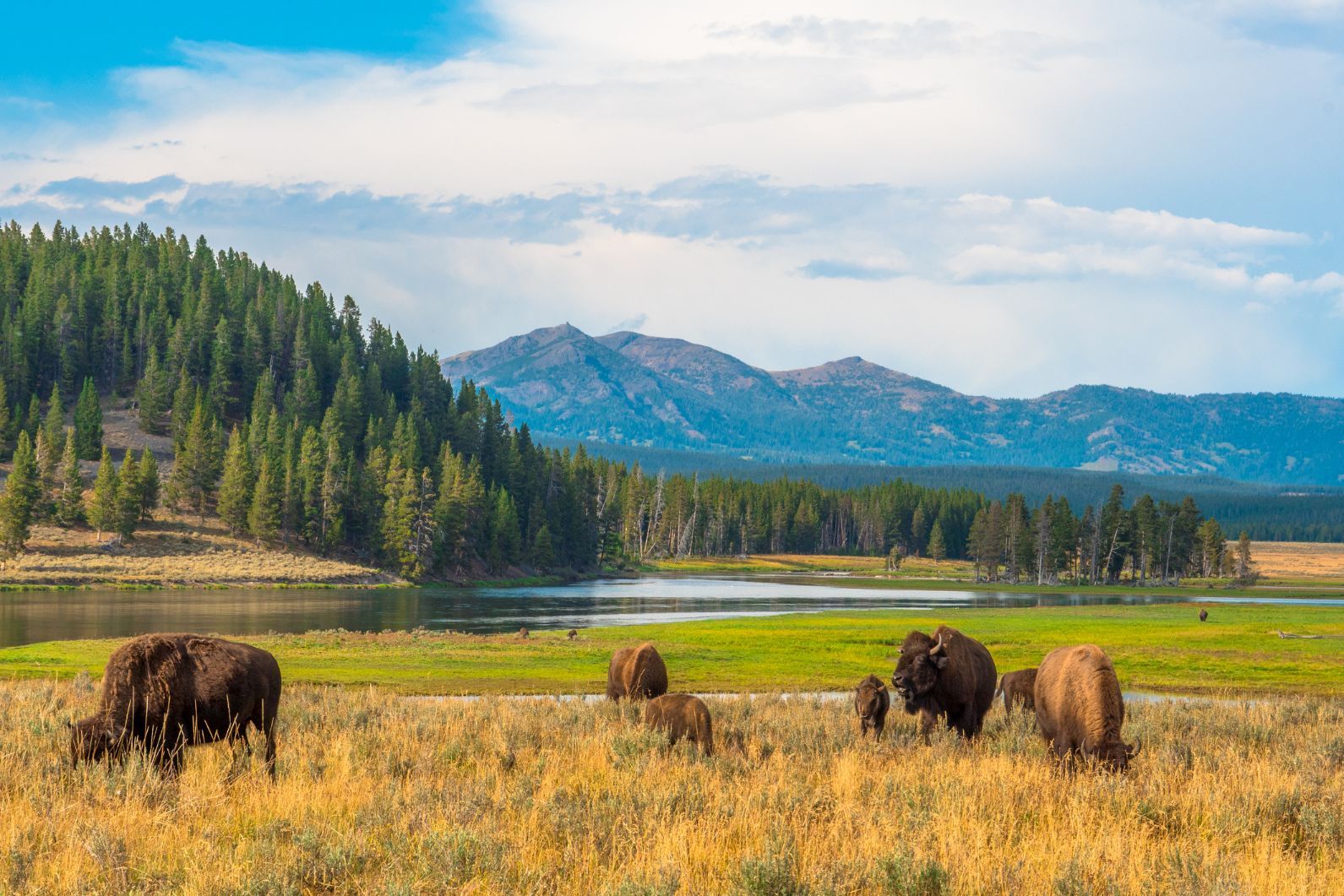
Since westward expansion first brought settlers and their livestock into contact with apex predators in the 1800s, wolves had been villainised. Their crucial role in the balance of the Yellowstone ecosystem was not recognised, and as such, their killing of prey animals (such as elk and deer) was viewed as “wanton destruction” of more desirable species.
In the late 1800s, predator control was enforced in the park, including the poisoning of wolves. By the mid-1920s, over 130 wolves had been killed in Yellowstone National Park in the name of conservation, and the last wolf pack is reported as having been killed in 1926. A survey of Yellowstone in the 1970s found no evidence of a wolf population at all - and over the years, the absence of Yellowstone’s top predator played havoc with the wider ecosystem.
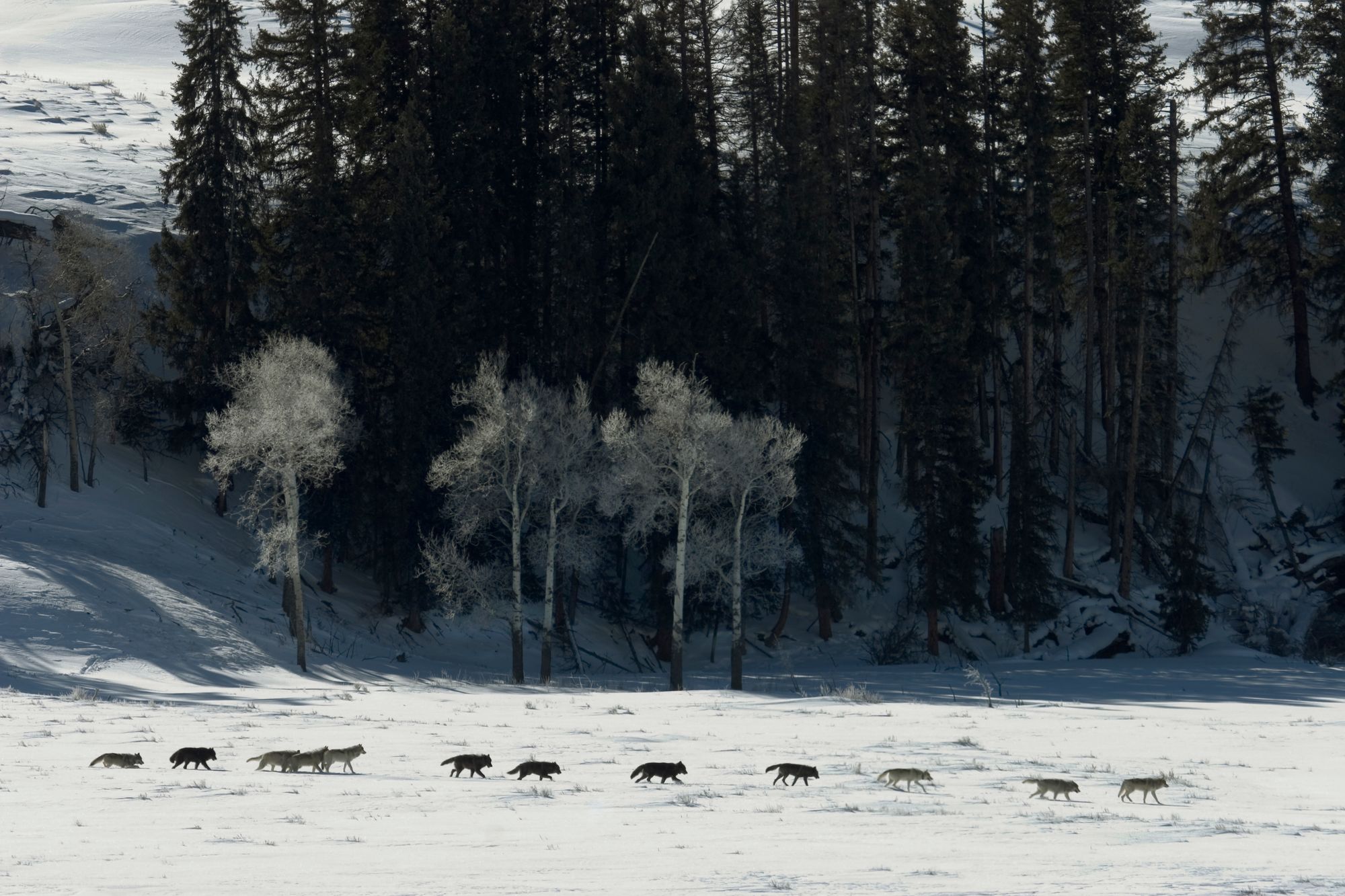
With no wolves, the elk population exploded. Elk were still being preyed on by bears and cougars to an extent (and hunted by humans), but a lack of wolves meant numbers remained high enough to cause overgrazing of young willows, aspen trees and cottonwood plants, which in turn led to a decline in songbirds and beavers, the latter of whom rely on willows in winter. As beavers declined in numbers, the lack of damming and shade meant water temperatures rose, and certain cold-water fish could no longer survive in Yellowstone.
Wolves have a rather astonishing homing instinct, and it was feared the first wolves would head north upon their release.
Wolf numbers fell through the 1900s. When the all-important Endangered Species Act was introduced in 1973, wolves were on the endangered list. This meant the U.S. Fish and Wildlife Service (FWS) were required by law to restore endangered species where possible, but this plan was delayed for decades in the case of wolves. This is because the species remained divisive amongst humans - and does even today - due to the belief that they pose a danger to us and to livestock. In fact, unprovoked wolf attacks are incredibly rare, and The Guardian writes that wolves “kill 0.2% to 0.3% of available livestock”.
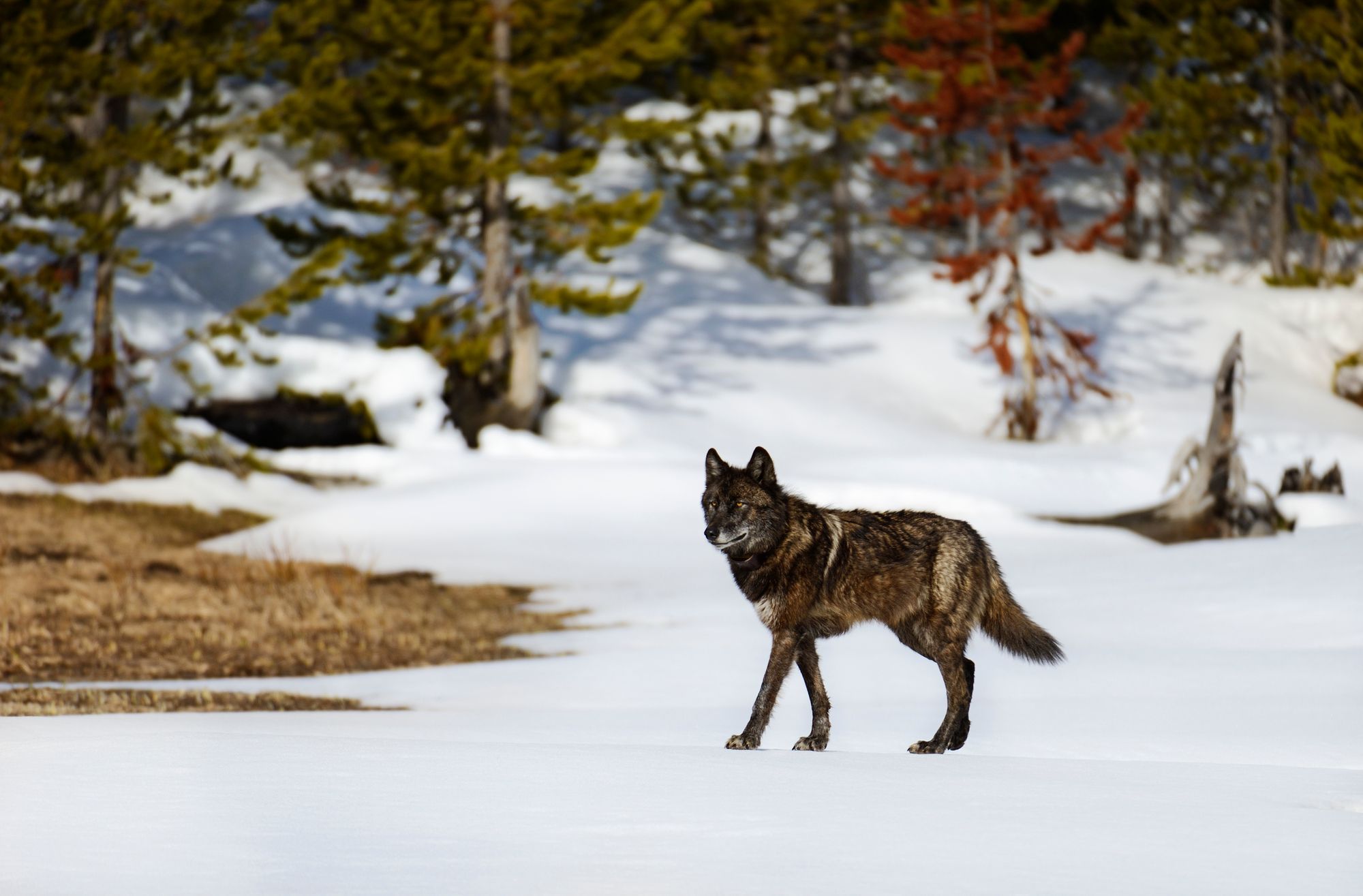
The missing link in the ecosystem of Yellowstone was clear, and so it was that 69 years after the last known wolf pack had been deliberately exterminated from the area, wolves were reintroduced to Yellowstone on 12 January 1995.
At first it was eight wolves reintroduced, captured in Jasper National Park in Canada. By 1996, there would be 31 wolves, captured in Alberta and British Columbia. Wolves have a rather astonishing homing instinct, and it was feared the first wolves would head north upon release. To mitigate this, wolves were kept in acclimation pens, where elk carcasses were also planted to give them a taste for their new environment, but the instincts of some wolves could not be overcome. Wolf number 10, the alpha, headed north on release and was illegally shot by a rancher in Montana. Rewilding is still a new, pioneering discipline, and the movement is learning with each project.
Wolf number nine, the pregnant mate of wolf 10, had followed the alpha north shortly after, but thankfully she was saved from harm. The bloodline of those two wolves can be traced to the majority of the Yellowstone packs today.
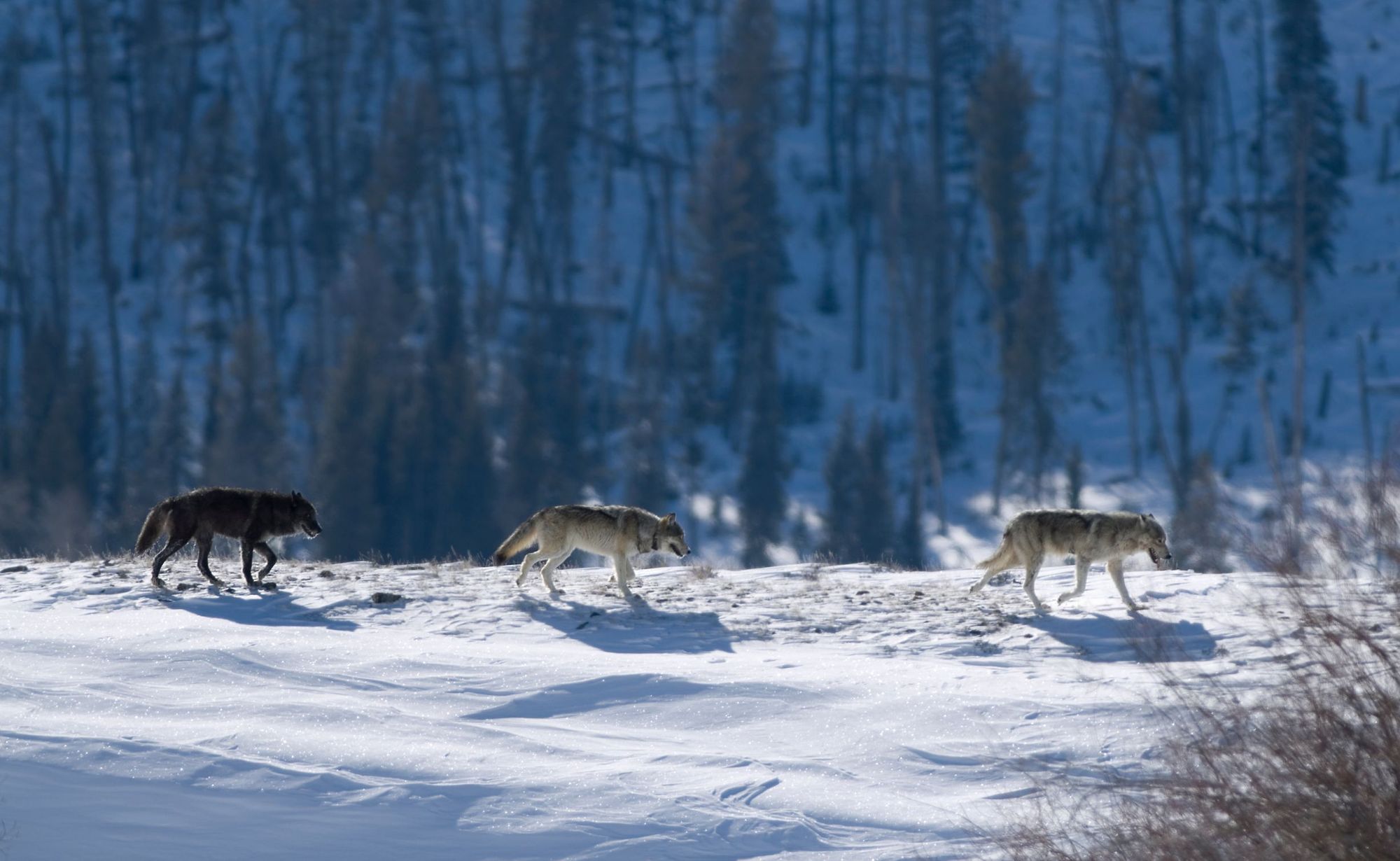
The reintroduction of the wolves was part of a larger Northern Rocky Mountain wolf program, which also saw wolves reintroduced to central Idaho and enforced protection around recovering wolf populations in Montana. By 2002, the goals of the FWS were met: there were 30 breeding wolf pairs distributed through three Rocky Mountain recovery areas.
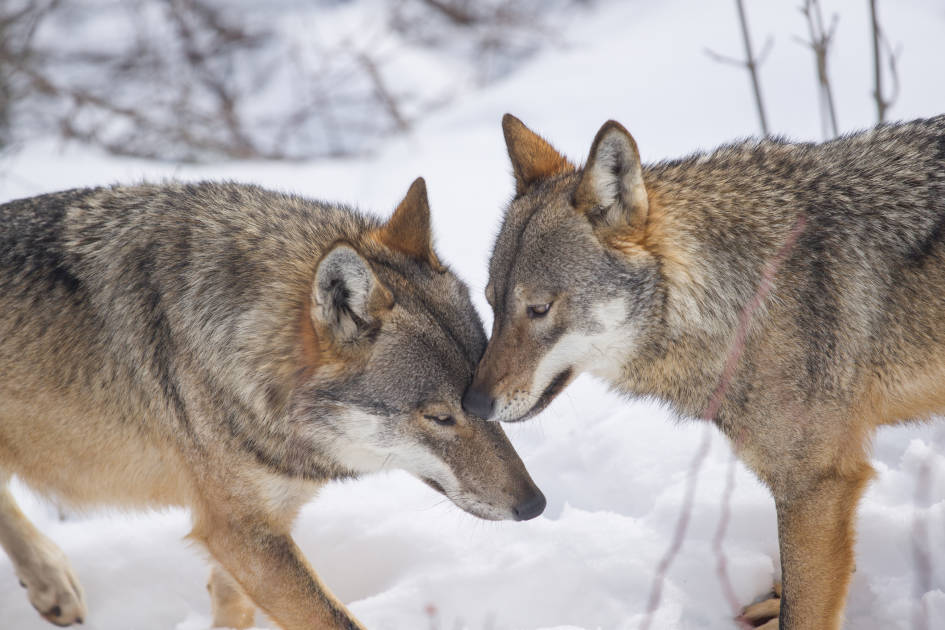
The impact on the biodiversity of Yellowstone National Park was seen within the decade - much quicker than those involved in the project had expected.
When the wolf was reintroduced in 1995, there was only one beaver colony left in Yellowstone. There are now nine, with the expectation of more.
Willow stands were in bad shape due to overgrazing , but with new predatory pressure from wolves keeping elks on the move, the grazing was not so intensive, and so willow stands became more robust - meaning they were once again able to accommodate songbirds. Willows are still recovering now, but strong willows also meant beavers had an abundant food source. When the wolf was reintroduced in 1995, there was only one beaver colony left in Yellowstone. There are now nine, with the expectation of more. As beavers spread, dammed and built ponds, the trees thrived, and cold, shaded water returned to accommodate fish.
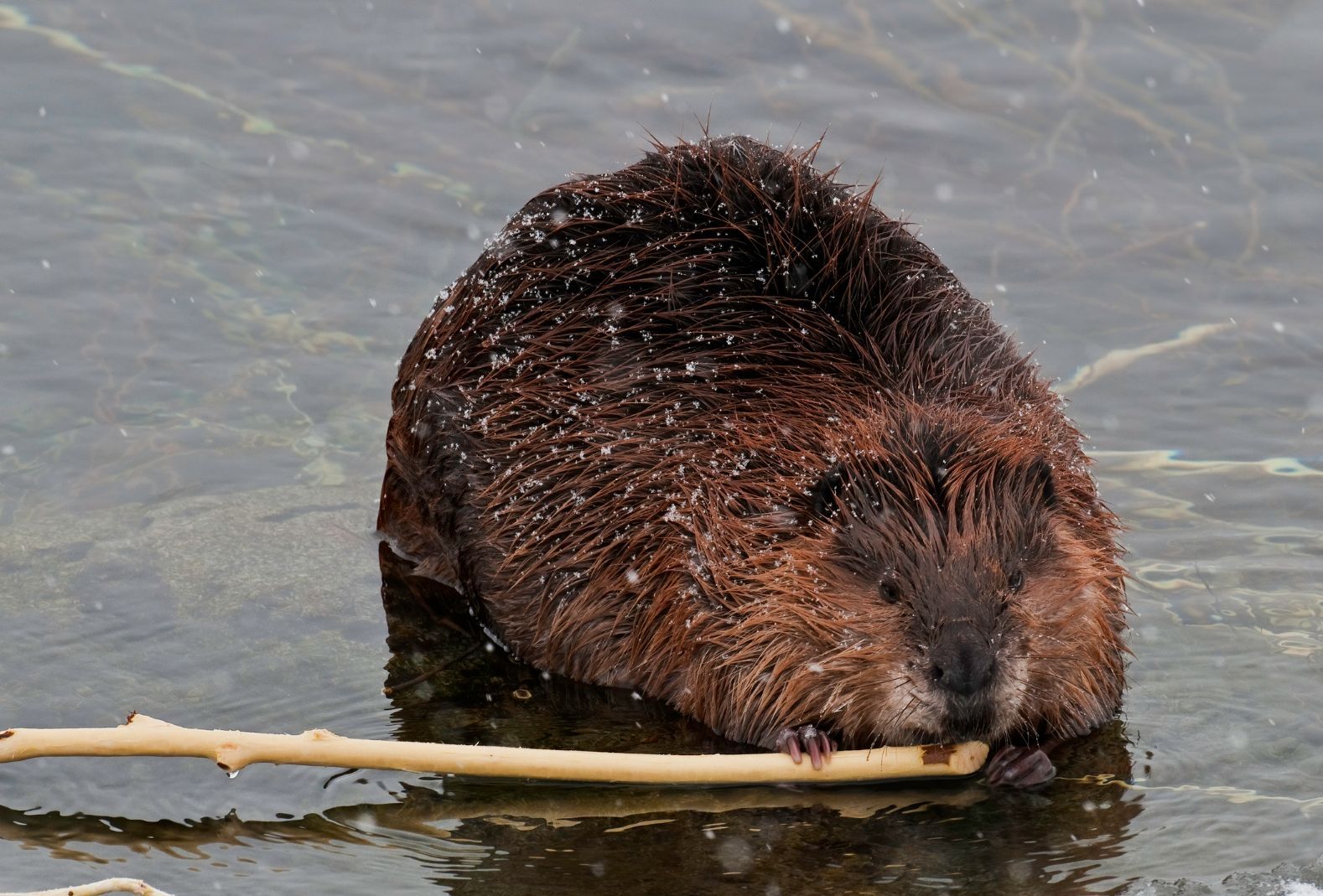
In recent years, with a lack of snowy winters in Yellowstone, wolves have actually become the primary cause for elk mortality. Scavenger species that once relied on winter-killed elk are still able to thrive without the snow thanks to wolf-killed elk - benefiting ravens, eagles, magpies, coyotes and bears. Wolves also kill coyotes, which increases the populations of rabbits and mice, and in turn provides a wider food source for hawks, weasels, foxes and badgers.
25 years on, the reintroduction of wolves to Yellowstone is considered one of the most successful examples of rewilding to ever take place. A biological count in 2019 recorded 81 wolves in nine packs. While the work is ongoing - state rules still threaten wolves in some ways, ranchers still argue the wolves are too destructive and certain reports are keen to emphasise that while the wolves were important, they were one of various factors which caused the turn around - it’s a remarkable example of the ripple effect that one animal can have on an entire ecosystem; and a showcase of the circle of life in action.
Inspired? Browse our Rewilding Adventures collection - protecting wild places and supporting nature-based economies of rewilding.


